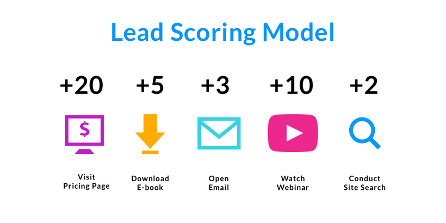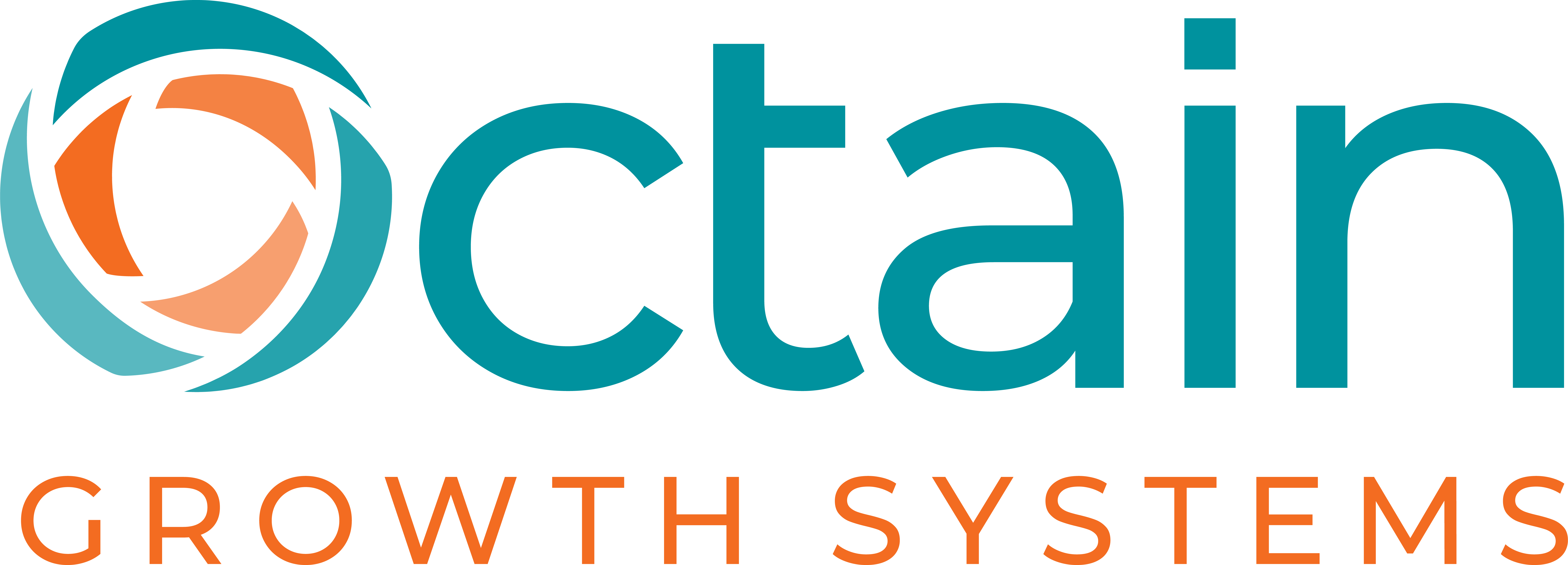Hear that? It’s the sound of your marketing and sales teams battling it out over the quality of the leads they are getting and giving.
In most business organizations sales and marketing get along like jealous siblings. They’re either not speaking to one another or are fighting it out. Especially when it comes to quality lead generation and lead conversion.
It goes something like this:
Mansur-Nelson Automotive was looking to expand from Northern to Southern California and into Arizona. The marketing team was using a traditional direct mail marketing approach and leads were coming in, but the sales team wasn’t closing them.
“Give us more leads,” the salespeople demanded.
“Close the leads we are giving you,” the marketing people snapped back.
The problem between the two teams was a misunderstanding of what was a qualified lead.
If quality leads are to be generated by marketing and sales is to achieve a high lead conversion rate, sales and marketing need to work together like “Besties.”
Like a strong rope, their efforts need to be intertwined. Or like the piston in an engine, where the only way an engine can generate significant movement forward is by going back and forth, just like marketing and sales.
What sales really wants from marketing is a Marketing Qualified Lead (MQL). What is that?
One thing it is not is a name, phone number and email address passed to sales directly from a landing page form. But too often, as a marketing person, I know that is what sales gets.
No wonder they push back!
Gartner’s definition of an MQL is “a potential customer who has been reviewed by the marketing team and satisfies the criteria necessary to be passed along to the sales team.”
The key point is – satisfies the criteria necessary. That means taking a second or third step in the marketing process to ensure this lead has the need, the budget and the authority to have a sales conversation.
Sales and marketing need to work together to determine the characteristics of what an MQL looks like, followed up by a joint, ongoing effort to ensure the characteristics of MQLs are generating a high percentage of leads that are easily converted by sales into Sales Qualified Leads (or SQLs) and ultimately high-quality sales.
The optimum way to determine an MQL in my book is lead scoring. That is assigning a point value to each ideal customer characteristic and action taken as seen in the graphic below.

Model from Proof: https://blog.useproof.com/
Now that we know what an MQL is. What about sales? There are two types of sales leads at this stage: Sales Accepted Leads (SAL) and Sales Qualified Leads (SQL).
Sales Accepted Leads (SAL) are leads which the sales team accepts from the marketing team and agrees to nurture but that may not be fully qualified.
What is an SQL? According to ZenDesk, “a sales-qualified lead is a lead that has a high probability of converting into a customer.”
An SQL has shown intent to buy and has met certain requirements that determine they are a good fit for a product or service. The lead qualification criteria my differ by company depending on your company size and offerings, but in general, a sales qualified lead:
- Has a need for your product or service
- Has expressed interest in your company, product, or service
- Has the budget to buy your product or service
An SQL is the highest-ranking lead a salesperson can ask for. It’s not guaranteed the prospect will make a purchase, but the odds are higher than a sales-accepted lead, marketing qualified lead, or cold lead.
Sales has the responsibility of following up on an SQL in a timely basis (as determined by sales and marketing leadership). Sales should be supported by a disciplined lead conversion process to enhance lead conversion rates. Pre-established lead conversion metrics and an automated lead tracking system are critical to providing well-timed feedback to marketing and in calculating ROI.
To optimize your company’s lead generation and lead conversion activities, marketing and sales must work together as a collaborative, proactive team.
There must be:
- Mutual trust
- Shared goals and KPIs
- Ongoing regular, open and honest communication.
Getting your marketing and sales team working together does more than create harmony in your company, it has the potential to send revenue and profits through the rooftop.
Need help with sales leads? Contact Craig Lowder at clowder@mainspringsales.com
Need help with marketing leads? Book a call with Clare Price here.

